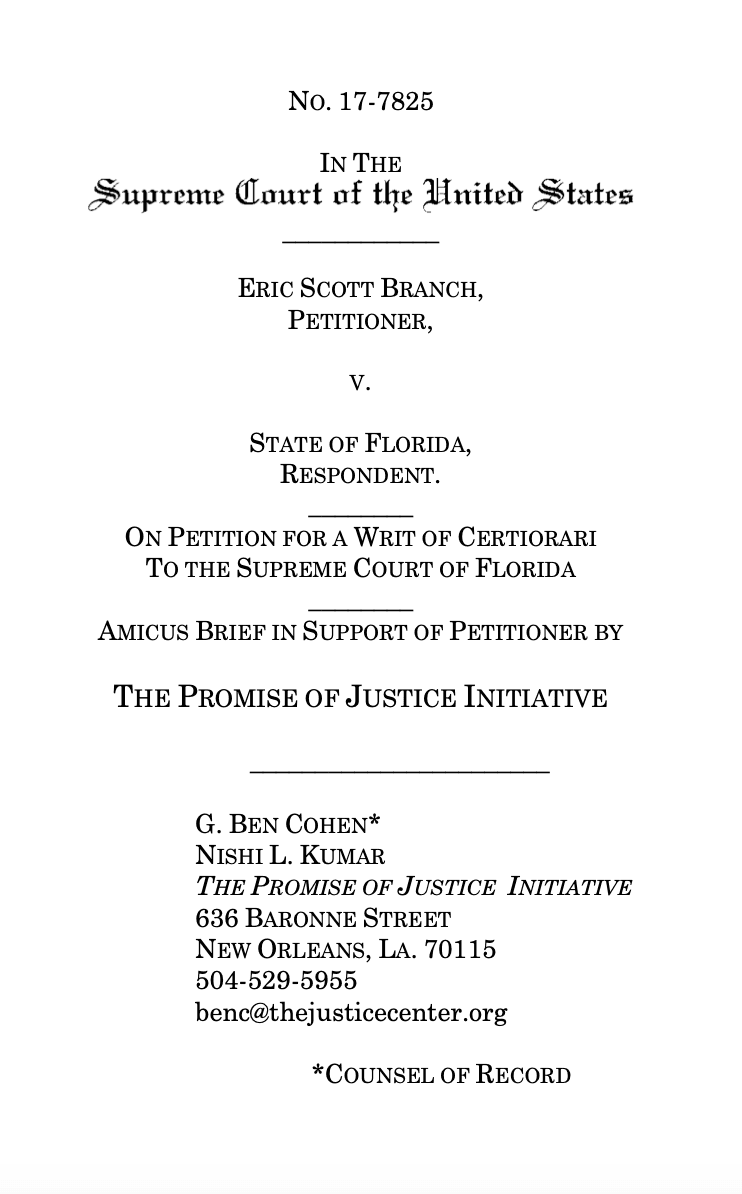
Summary of Argument
The Eighth Amendment draws its meaning from the “evolving standards of decency that mark the progress of a maturing society.” Trop v. Dulles, 356 U.S. 86, 101 (1958).
There is a national consensus that capital punishment should be reserved for the most culpable offenders. Use of capital punishment has been reduced to a handful of states, and even within those states, a small percentage of counties. This firm consensus supports the view that executing those 21 years of age at the time of the offense is excessive, unnecessary, contradicting the principles of deterrence and rehabilitation, and, as such, cruel and unusual punishment.
This consensus is informed by the scientific evidence that the exigencies of youth continue beyond 18 years of age, that brain development is not finalized in the late teenage years, but continues into the mid-twenties. Scientific evidence confirms the concrete behavioral effects this continuing brain development has upon individuals in the late adolescent/young adult range. Further, this evidence demonstrates that childhood and adolescent exposure to lead, trauma, physical or emotional or sexual abuse, neglect, and alcohol or other substance abuse delays brain development.
Now, thirteen years after this Court’s decision in Roper v. Simmons, 543 U.S. 551 (2005), this Court can make clear that an individual in his young twenties, may be cognitively and emotionally indistinguishable from a “typical” juvenile under the age of eighteen. In 32 jurisdictions, there is little or no practical possibility of executing a person who was 21 at the time of the offense.
While a handful of states continue to impose capital punishment on 21-year-olds, most of these states, like Florida, imposed those sentences during a period in the 1990’s when youth was viewed as an aggravating rather than mitigating circumstance.
Executing individuals barely old enough to vote or drink, unable to rent a car, unable to serve in Congress, and still in the throes of cognitive development —based upon now-disregarded views of culpability—undermines this Court’s commitment to dignity, and the possibility of rehabilitation and redemption.